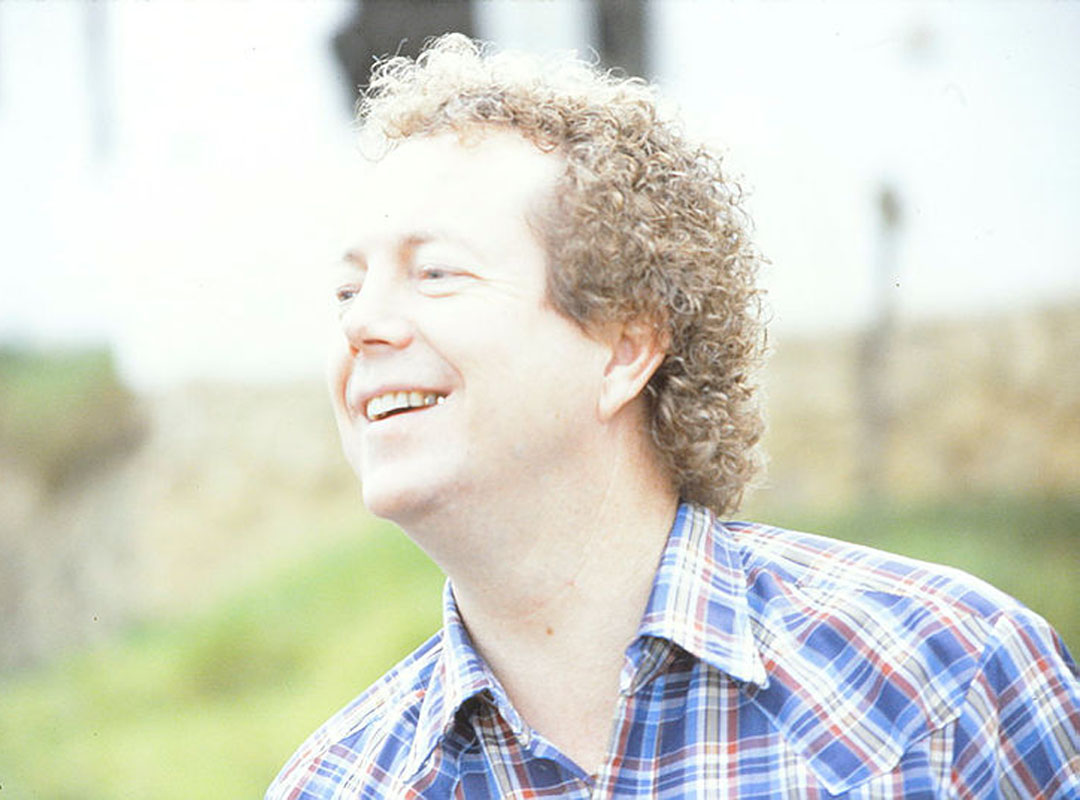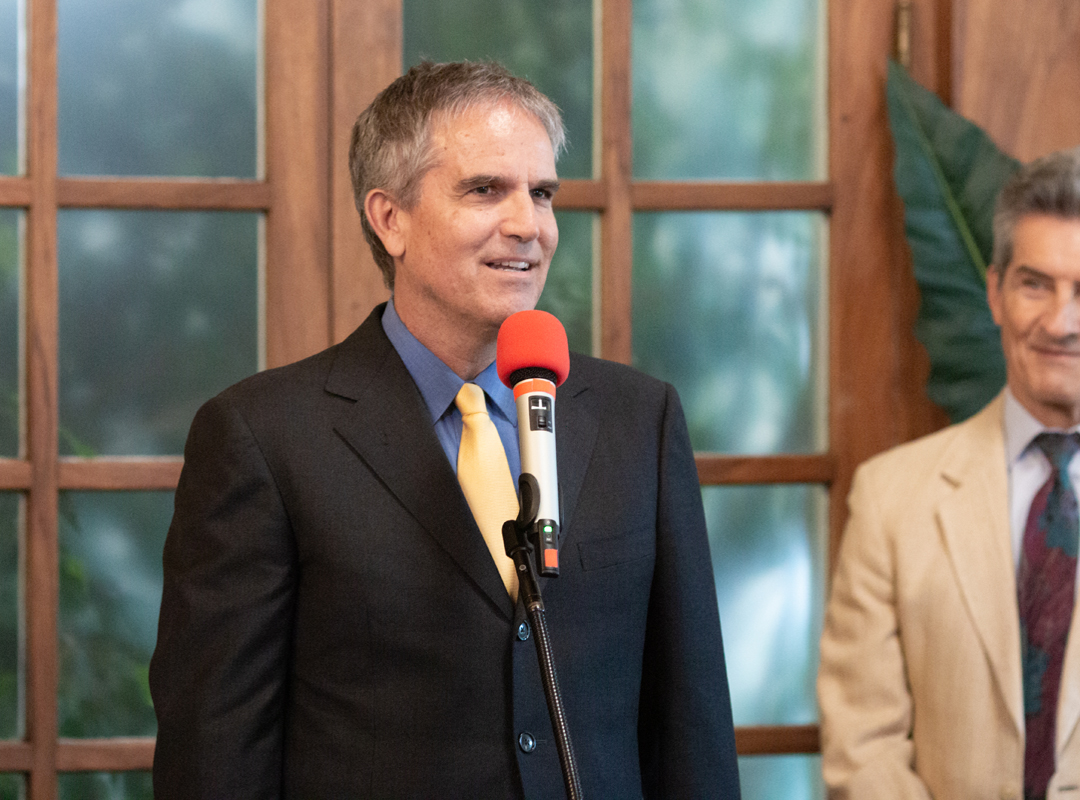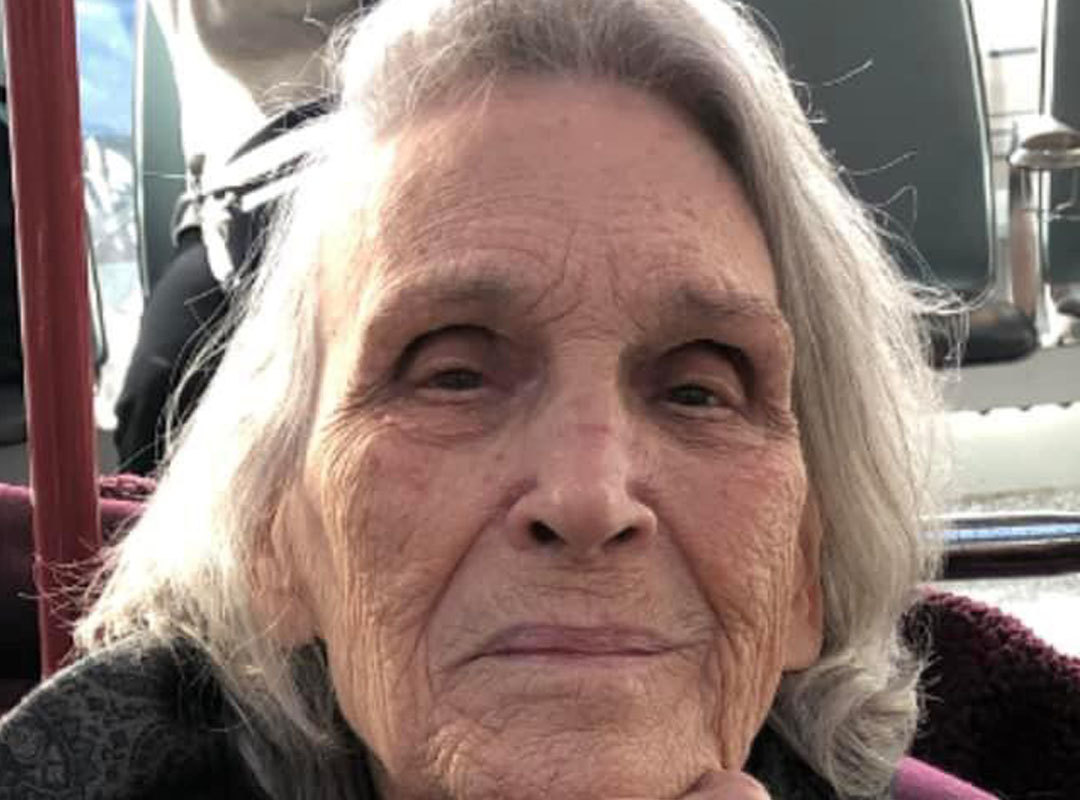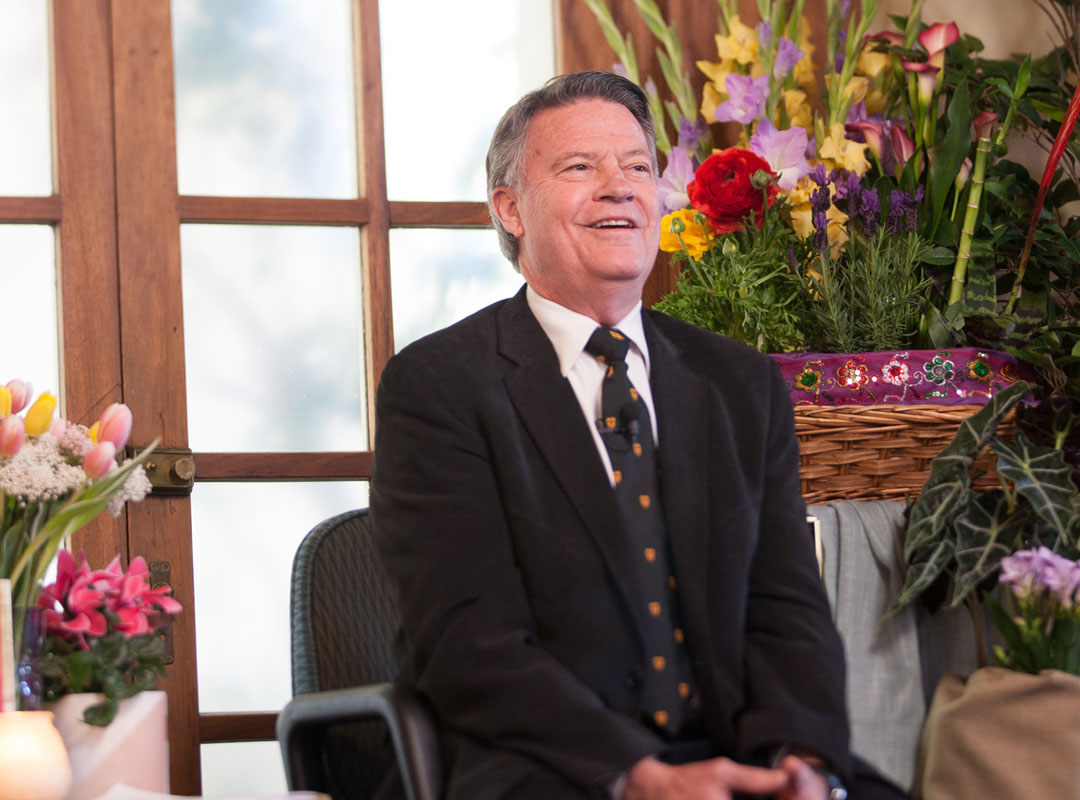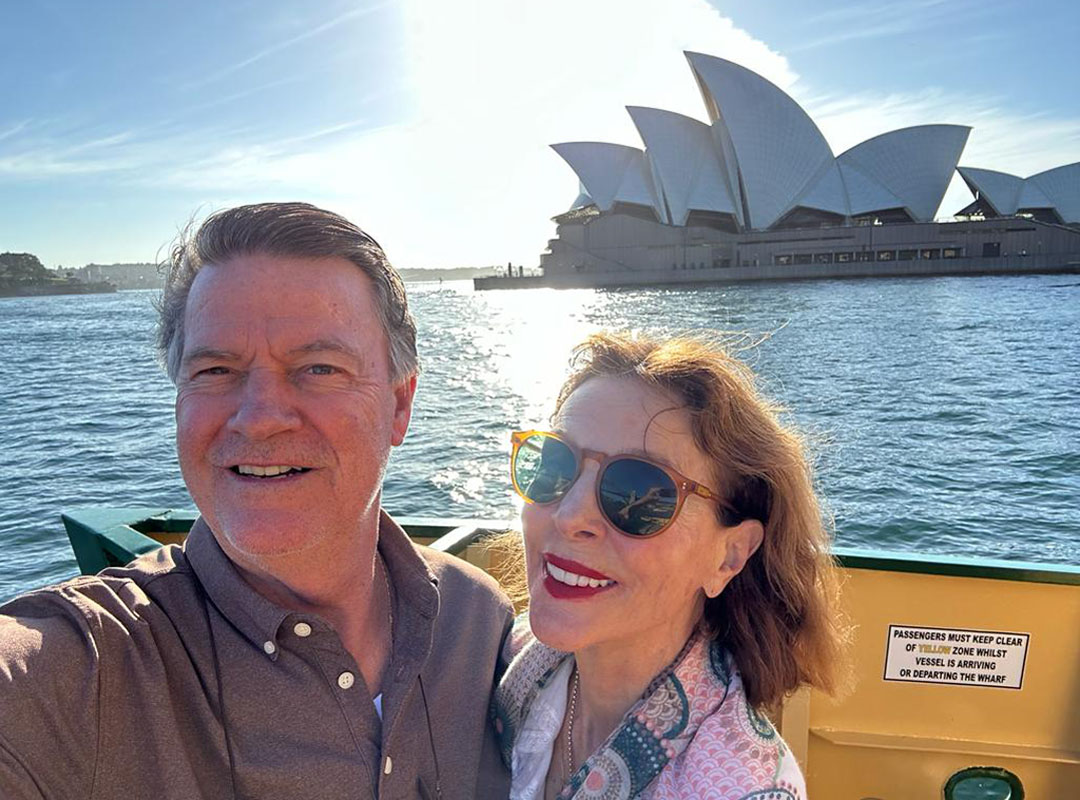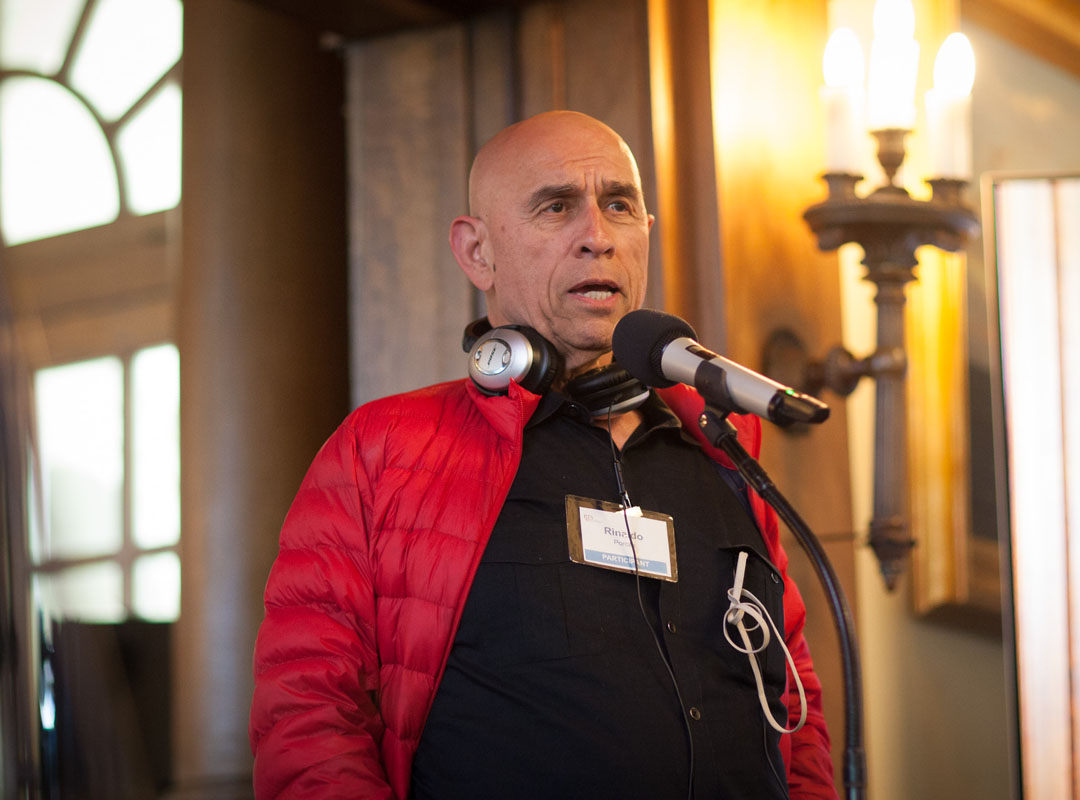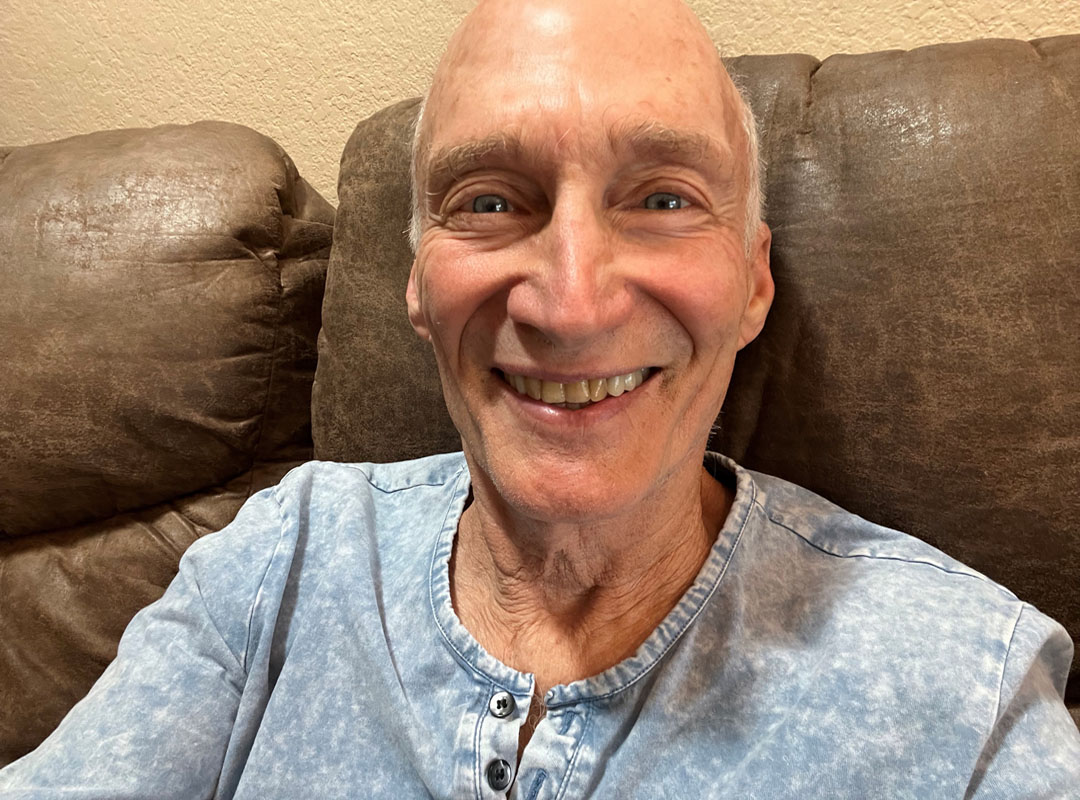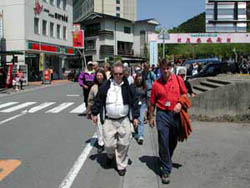 Nathaniel Sharratt reports on the road from the Zen of Spirit retreat to rural northern Japan with John-Roger & John Morton and 58 participants.
Nathaniel Sharratt reports on the road from the Zen of Spirit retreat to rural northern Japan with John-Roger & John Morton and 58 participants.
The morning began with a delightful walk from our hotel to a local waterfall. John and J-R both participated, leading the group down the lush hillside path to the waterfall which ended up being a truly beautiful natural scene (as you can see by the photos), and was complimented by perfect weather.
Part of the waterfall’s uniqueness was in the water’s approach to the falls, because of which the sunlight glinted off the waters creating what looked like one million diamonds of light. If you have seen those modern man-made waterfalls where there is just a thin layer of water gliding over the surface of the marble (or whatever the building materials used are), then that would be similar to what the river was like before it went over the falls.
A few of the group went ahead to the top of the falls, and actually walked out into the river. The water was so finely spread over the riverbed, that it gave the impression of walking on top of the water, and you wouldn’t even get your shoes wet if you were careful. It was lot of fun walking on water before hiking back to the hotel, and then to the Zen temple.
The temple was immaculate in it’s cleanliness and included an ornate alter and a golden chandelier. The woodwork of the temple was fantastic, and the yard was very well groomed. Today was “a day in the life of a Zen monk” day. The idea was to give the participants the experience of living one day (including an overnight stay) in the shoes of a Zazen monk. When the group walked over, they were brought into the main prayer room to take part in a welcoming ceremony.
The chief priest of the Sho Zan Ji temple, Segawa-Sensei, was escorted into the room to the beat of drums and monks chanting. After his entrance, he welcomed the group including J-R and John, and then described the Zazen methodology. He told the group how to have their hands when they sit or stand, what position to sit in for meditation, how to carry and pick up the pillow to sit on and the general way of doing things for the next 24 hours. The group was also given handouts of the chants that they would be speaking to the sound of drums, and shown how to bow toward the alter.
When it came time for lunch, the group was taken into a large dining hall. J-R, John, Laura, Steve and Sagawa-Sensei were seated at the head table. The meal was very ritualistic, and, as most everything in the temple, there was a set form and procedure to follow. It began with placing each bowl in the place that they were supposed to be. There were four bowls in total: one for rice, one for soup, one for greens and the other for pickles.
Before the food was served, the participants had to say the specified chants. Then, when served the food, there were certain gestures that meant certain things. Before we sat down to eat, Steve had told the group that the food was to be really experienced, and to take in the fullness of it. Once the first helping was served, we began eating. I observed that the head monk ate extremely fast, and I hadn’t even finished one of my dishes before he was completely finished. Soon after that, seconds were being served. I realized that if you want to get seconds, you had to eat your meal quickly. There was also another procedure and set of gestures showing if you wanted seconds. The portions of the meal were meager, and I heard one person say that they were looking forward to their next meal even when they were still eating this one.
From confidential sources, I found out that later in the day, there were women who sneakily ate their protein bars in the women’s bedroom. I was also tipped that the main culprits were photographed in the act. At lunch, in the midst of being served the second helping, all of the sudden I heard from across the room the sound of a laugh that is not allowed to sound. It is the sound of a laugh struggling to get out, even by way of the nasal passages if necessary. After the initial burst of laughter through the nose, I could hear other muffled laughter. It was reminiscent of church, during those times as a kid that you just couldn’t contain your laughter (and you weren’t supposed to laugh which made it even more funny). All that could be heard in the room was the clinking of dishes, the eating of food and this suppressed giggling. I could hardly contain my own laughter.
I found out later, what the laughter was all about. Apparently, one of our group participants had really wanted seconds and had done the proper gestures to indicate such. He didn’t know that there was more to the procedure than what he was doing. The servers would go over to him, and wait for his next action so they would give him seconds. He didn’t know that he was supposed to do something else, so the servers would leave without serving him seconds. In the midst of this hopeless situation, he was struck by the humor of it and just couldn’t hold the laughter inside. After the meal, there was a short break before the work parties began. One of the more humorous things is that John Morton and his wife, Laura, were assigned the task of raking the graveyard.
The group was then presented with a special treat that Steve Beimel had arranged. A master shakuhachi player, named John Neptune, traveled a long way to play for our group. The shakuhachi is an ancient Japanese bamboo flute that has an enchanting sound. He started with the classic piece, “The Song of the Crane”, and by the end was performing jazz music on this ancient instrument. Towards the end of his program, he even played “Amazing Grace”. He then demonstrated for us an instrument that he invented himself. It is called an Uduboo. The instrument has African influences, and is made from a very large piece of bamboo. The event was an auditory feast, and many of the group bought his CD’s.
The next big experience that the group participated in was that of the wall mediation. The way that this meditation works, is that each person sits facing the wall. The head monk can supposedly tell if a person is present with the mediation by seeing the person’s posture. One of our participants whom the monk judged as not having the right posture was actually hit repeatedly with a stick by the monk (until she said “Ow”). That is the manner in which the monks make people aware that they do not have correct posture.
The rest of the time at the temple was similar in nature to what I have already described: doing the meditation sessions, eating and sleeping. Without heating, the chill in the temple added to the character of the experience that lasted well into the morning, bringing us to the farewell ceremony.
Click here to view Day 4 of the Japan Trip
Click here to view Day 2 of the Japan Trip







